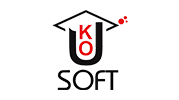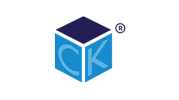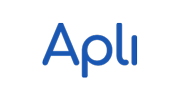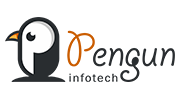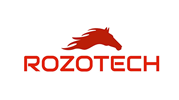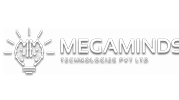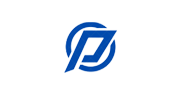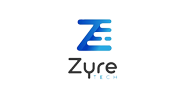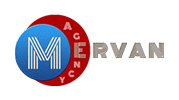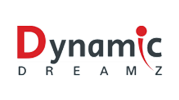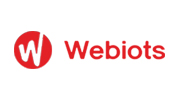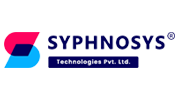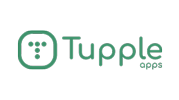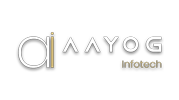Best Computer Classes with Certificate and Job Opportunities
Hotfix Design
The hotfix technique involves applying rhinestones, studs, or other embellishments to fabric using heat-activated adhesives. This module teaches students how to create designs, set up hotfix machines, and apply embellishments to enhance textile designs. Benefits of a hotfix The following benefits often come out of the hotfix process: Quick, immediate fixes. Hotfixes are rolled out fast to fix bugs immediately, without waiting for the next full operating system update or release. High severity. A hotfix is used to rectify critical bugs that need to be fixed immediately, including those that could compromise the security or functionality of an app and cause downtime if left unfixed. Improved usability. When the bug is fixed, the software becomes usable again and performs better than it did previously. Users can continue to use the software without reinstalling it. Recoverability. Software that undergoes a hotfix can usually be rolled back to an earlier version. An example of a hotfix is an e-commerce application with a vulnerability that lets unauthorized individuals access sensitive user data such as passwords and credit card numbers. The development team prioritizes fixing this vulnerability to ensure the application is not disrupted and user data remains safe. The free, open source version control system Git has a hotfix extension called git-flow-hotfix that can help address issues in software on Git. Creative design & Multimedia Institute has very excellent trainers who will guide you throughout the project and training. They are professionals and they are very much expert in this field.
java spring boot
java spring boot


























